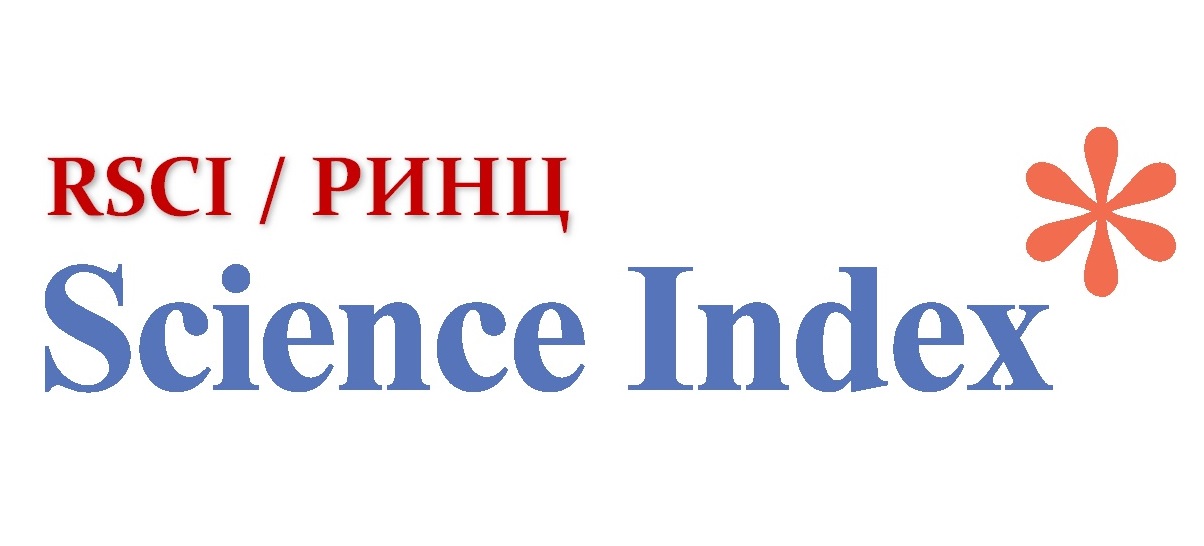Criminological assessment of the influence of penitentiary subculture on crime in correctional facilities
Views: 149 / PDF downloads: 48
DOI:
https://doi.org/10.32523/2616-6844-2025-152-3-171-187Keywords:
penitentiary subculture, crime, places of deprivation of liberty, criminological assessment, correctional institutions, re-socialization, convictsAbstract
This study addresses the pressing issue of the penitentiary subculture's influence on crime dynamics within correctional institutions. The goal is to assess the degree and mechanisms of this impact and propose ways to neutralize harmful subcultural factors. The research focuses on the nature and structure of the penitentiary subculture, its historical development in Kazakhstan, and its influence on the criminogenic situation, criminal socialization, and recidivism. The main idea is that the penitentiary subculture is a stable, informal system that negatively affects law and order in detention facilities and obstructs convict resocialization.
The scientific value of the study lies in its comprehensive criminological analysis of the penitentiary subculture's impact on crime within Kazakhstan’s penitentiary system. Its practical significance includes its potential use by the Criminal Justice System, Prosecutor’s Office, Ministry of Internal Affairs, and in developing crime prevention programs.
The results demonstrate that the penitentiary subculture is a socio-normative phenomenon with its own hierarchy, values, and norms, deeply rooted in the Soviet-era penitentiary system. The study shows that the subculture influences convict behavior, promotes criminal socialization, establishes informal hierarchies, and increases recidivism. A comparative analysis with international practices emphasizes the need for comprehensive reforms to improve detention conditions and enhance resocialization efforts.
This research contributes a new, systematic criminological perspective on the penitentiary subculture’s impact on crime in Kazakhstan, filling a gap in domestic science. Its practical outcomes support the development of measures to combat intra-systemic crime, improve resocialization programs, and reduce recidivism among released prisoners.






